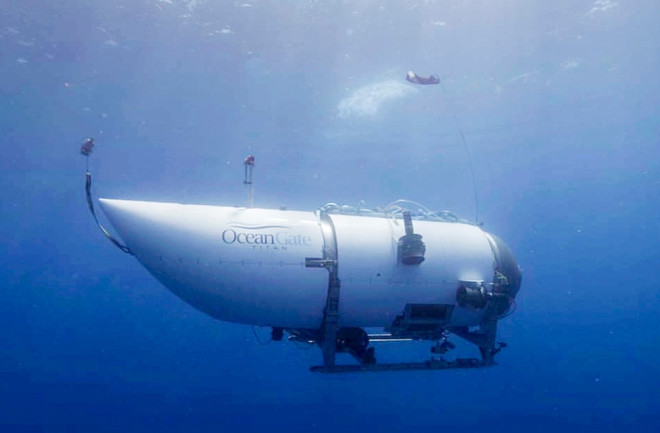For several days in June, millions around the globe were gripped by news of five people missing 12,500 feet under the ocean, lost while attempting to catch a glimpse of the wreckage of the RMS Titanic.
By the time evidence confirmed that their poorly designed submersible, the Titan, had imploded under the immense pressure of the deep, their fate was hardly a surprise.
What Happened to Oceangate?
Following the disaster, information came to light that the Titan did not meet industry safety standards: The carbon fiber cylinder making up the Titan’s hull was known to be inappropriate for deep sea craft, and OceanGate, the company that developed and operated the submersible, had a history of safety-related allegations.

